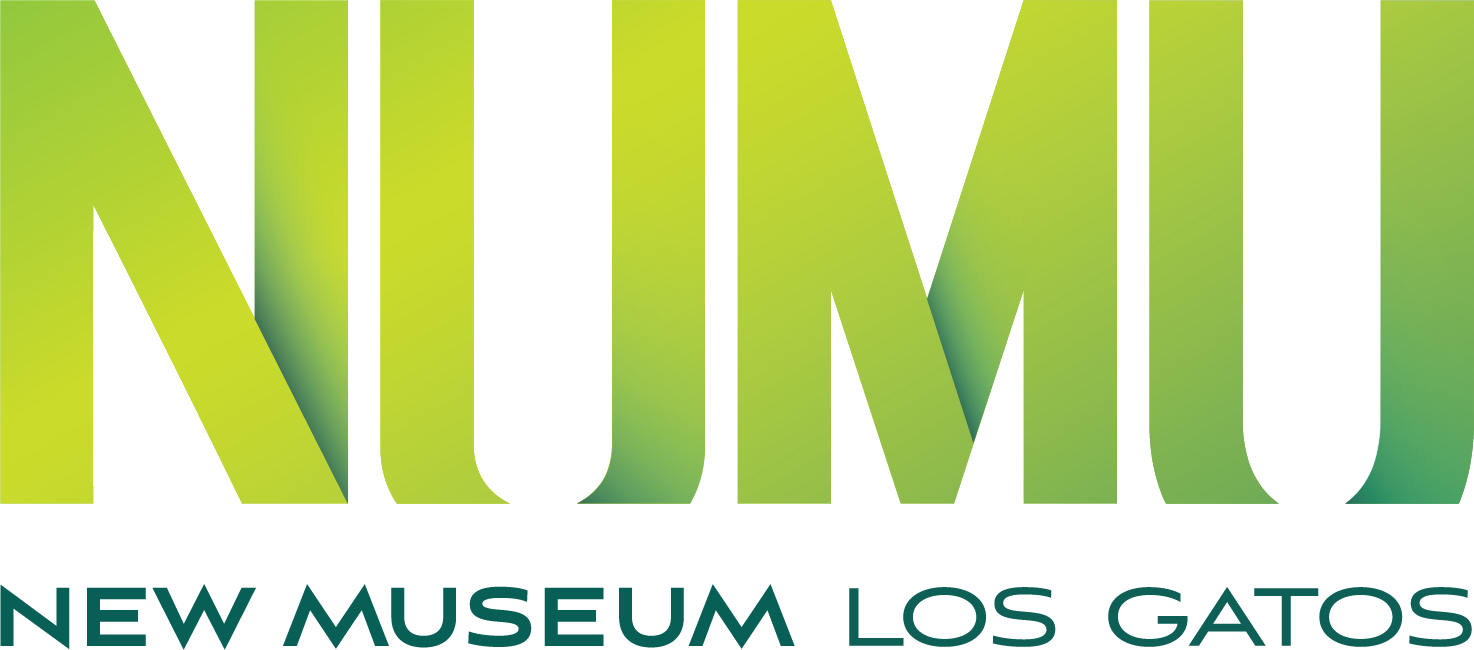Many of the items in this case were donated by one of the museum’s founders, Dr. Ethel Dana, in 1965. The information we have includes names that are no longer used in reference to the people identified as the original tribal producers. As we research these items under the LGHP, we are committed to working with local native populations to understand our role in authenticating and caring for them. We invite their voices to the conversation while we listen and learn.
This cooking basket has signs of use, including a strong scent of cooking oil and staining on the inside which would indicate the presence of food remnants. The label from the original donor of the basket explains that it is a “coiled basket from Arizona, made for the souvenir trade from 1920 onwards. Made of yucca leaf, split devil's claw pods (black elements) and split cattail leaf (foundation). - Frank A. Norick, Lowie Museum Univ. of Calif.” We believe it to have been made by the Tohono O’odham people, a Federally-recognized group of 28,000 in SW Arizona.
The beaded leather items, gloves, and moccasins are attributed to the Paiute, a term that refers to three main groups of people who have a common language base: the Northern Paiute (Numu) (NE California, NW Nevada, E Oregon, S Idaho), the Southern Paiute (Nuwu) (N Arizona, S Nevada, SW Utah) and the Mono people of E California. While we have not yet been able to authenticate these particular items, they do resemble examples of Paiute gauntlet gloves and moccasins with similar style and beadwork.
The cradleboard is another item that we are unable to authenticate, although similar items have been used by native populations in America. The condition of the cloth, and the mix of bent wood and manufactured wood and nails could indicate repairs and frequent use. We are looking into the possibility that many of these items were made or used for teaching purposes.
Ohlone Land
For thousands of years, Ohlone tribal groups have inhabited the areas north of San Francisco down to Monterey County. These groups include the Muwekma Ohlone Tribe, the Amah-Mutsun Tribal Band, and the Ohlone Costanoan Esselen Nation. Following multiple waves of invasion and colonization, these historic Ohlone tribal bands were federally recognized in 1906. Then, in 1925, a prominent anthropologist mistakenly declared the Ohlone people extinct. Since that time, the Ohlone have fought to regain federal recognition, and reclaim access to their ancestral homeland.
In California, the County of Santa Clara, City of San Jose, San Francisco Board of Supervisors, and the California Secretary of State, recognize the legitimacy of the Muwekma Ohlone Tribe’s claims for federal recognition, and call for the US government to restore their status as a federally-recognized tribe.
New Museum Los Gatos is renewing our partnership with the Muwekma Ohlone Tribe of the San Francisco Bay Area and other local indigenous communities. At NUMU, we want to be a platform for indigenous voices, celebrate indigenous visual culture, and advocate for Ohlone federal recognition through upcoming exhibitions and programs. Visit numulosgatos.org for updates to our exhibition and programming schedule as this collaboration develops. Until then, please help us reflect on how NUMU can share indigenous stories, and how museums in general can advocate for the rights of native communities.


